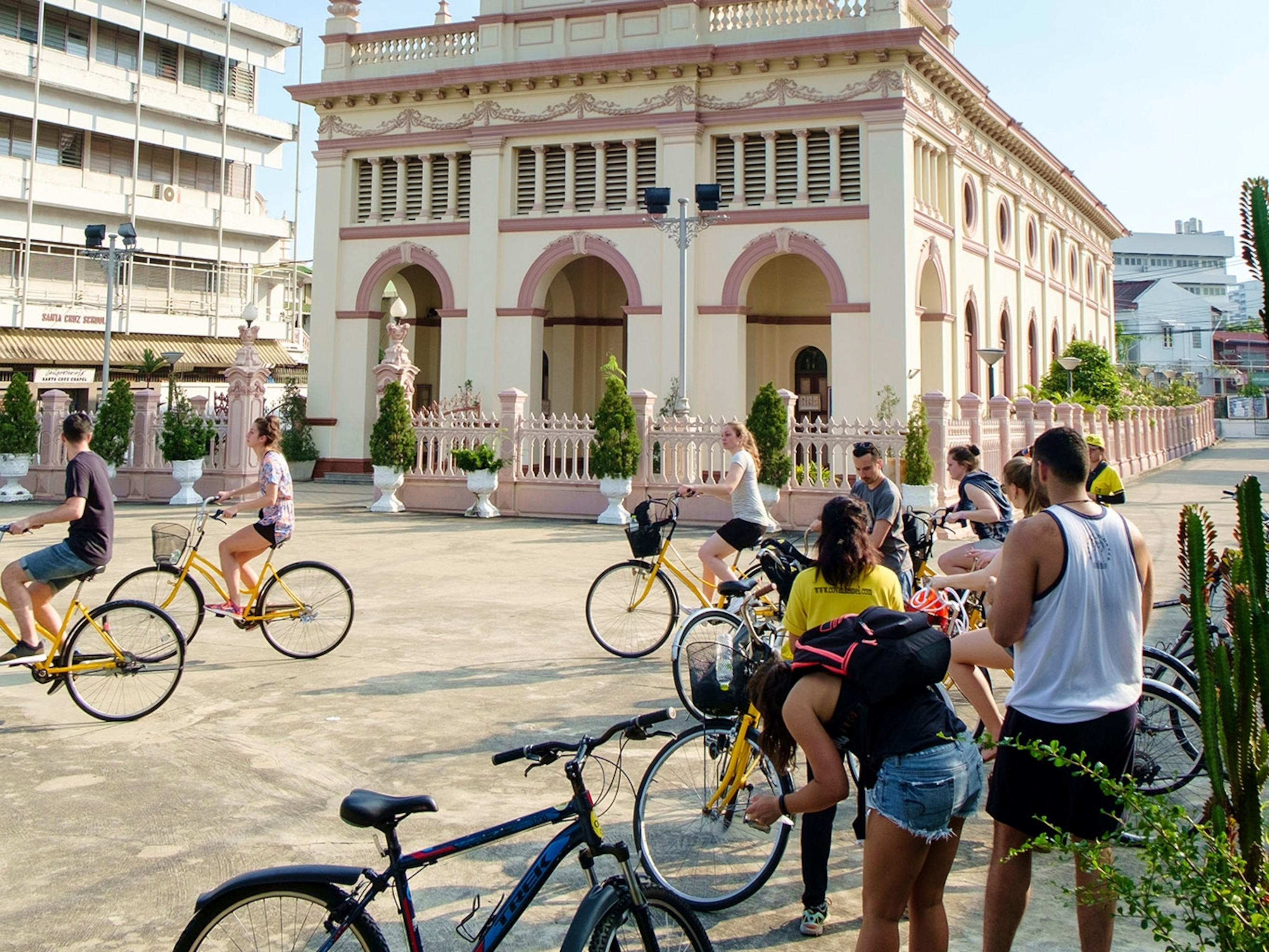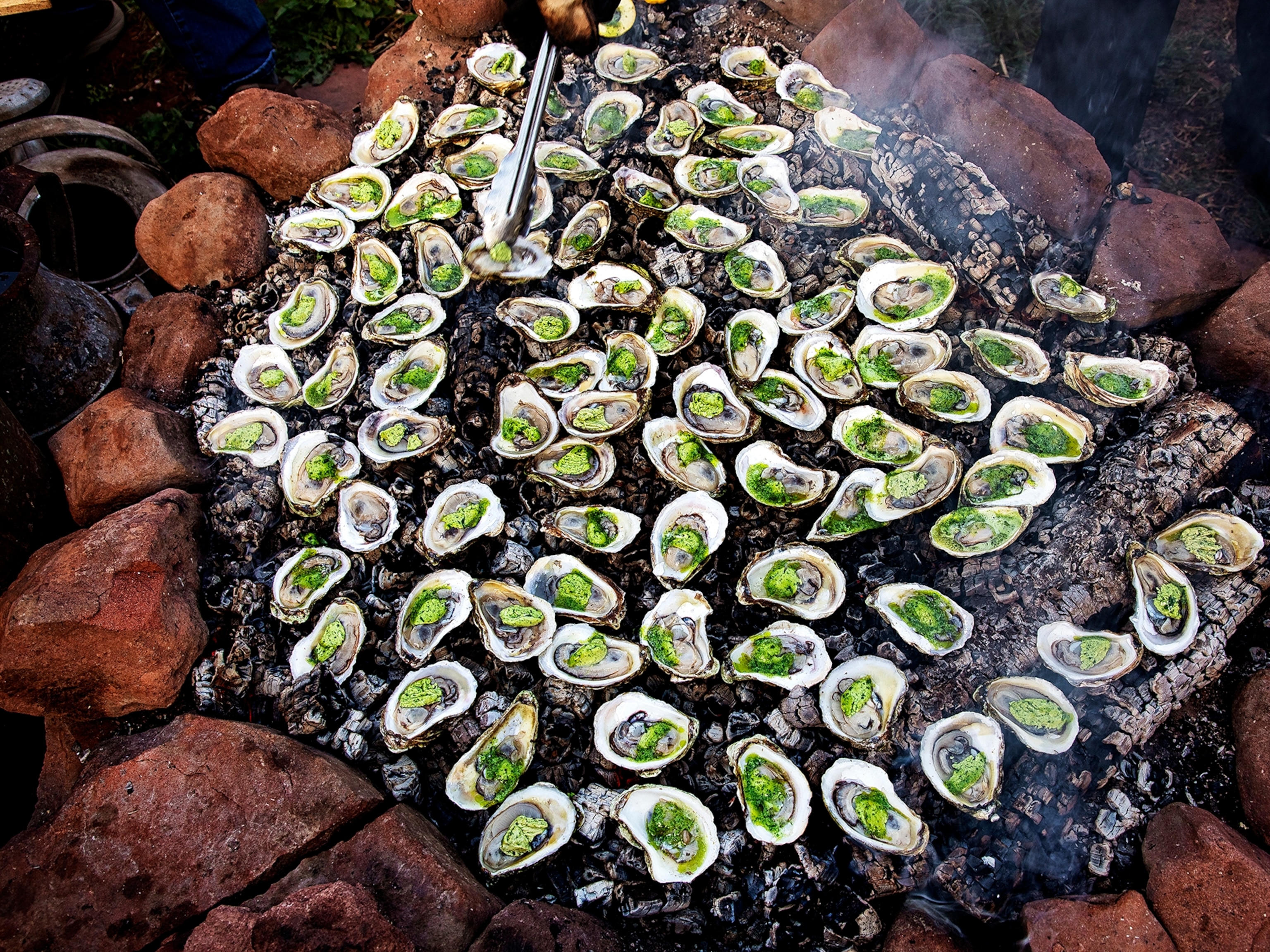
How Icelandic cuisine is being transformed in Reykjavik
A culinary revolution has swept through Iceland’s capital, its traditional offerings now sharing the spotlight with the likes of reindeer tartare and seaweed-inspired cocktails.
I’m in the company of greatness. Sitting in front of me is one of Iceland’s most famous exports. Not a product, but a person. His face is craggy and lined, but handsome. His fingers are covered in chunky silver rings; his beanie pulled low, close to his eyes, which light up as he reminisces about his career. His name is Tommi.
“This area of Reykjavik used to be dead when they moved the harbour into a new part of town,” he tells me. “I opened here in 2004 because I’d retired and needed something to do.” He points to a yellowing page of A3 paper glued to the wall, scrawled with black paint. “That was our opening poster.”
What Tommi — more formally known as Tómas Andrés Tómasson — created back in 2004 is today a Reykjavik institution: Tommi’s Burger Joint. The drafty circular structure we’re chatting in, its walls covered with posters of Freddie Mercury, Michael Jackson and The Sopranos, had lain derelict for years before Tommi — who’d previously owned restaurants and clubs in the city, including its first sushi joint — took a punt and created what was to become an under-the-radar pilgrimage destination for burger lovers. Fame followed, along with six more Tommi’s Burger Joints in Reykjavik and outposts in England, Germany, Denmark, Italy and Norway.
Up until only a few years ago, anyone suggesting people should travel to Reykjavik for a gourmet city break would’ve been laughed at. Indeed, a 2006 The New York Times article went as far as saying, ‘It’s unlikely Reykjavik will ever be a culinary destination.’ At the time, the city, like the rest of the country, was heavily reliant on imported foods, while three of its traditional staples — fermented shark, ice cream and cheese, and smoked sheep’s head — were hardly the holy trinity for globe-trotting gourmets. But the 2008 financial crisis led to a sea-change. People were forced to rely more on local produce and services, encouraging new businesses, creative startups and a restaurant boom. It wasn’t long before tourists started to arrive in their droves — a staggering 2.7 million people visited the island in 2017, up from 1.8 million in 2016. Not bad for a country with a population of around 338,000.
A minute’s walk from the original Tommi’s is a blue, shed-like structure called Sægreifinn (‘Sea Baron’). When it first appeared, in 2003, Sea Baron was just an open-air, harbour-side grill manned by local fisherman Kjartan Halldórsson. At first, Kjartan was just cooking fish caught by a few local anglers, but when word of his culinary prowess spread, he moved his operation into a former fishing shed next door to cope with demand. “He was the most known restaurateur in the country but had no idea how to run a restaurant,” Tommi tells me with a laugh. It was Kjartan’s big personality that drew in the crowds — that and his famous lobster soup.
Even though Kjartan died in 2011, his presence still looms large at Sea Baron. I take a seat at one of its shiny wooden tables, in a room covered with paintings of sailing ships and wooden, life-size models of fish. In the corner sits a slightly eerie waxwork of Kjartan, with a sign dangling around his neck reading: ‘Please don’t sit on my lap’. Elisabet, the current owner, who nursed Kjartan in later life, hands me a bowl of delicious, tomatoey soup filled with chunks of lobster, accompanied by baguette slices. She shows me photos of Kjartan — in one he’s holding a blow-up doll on his 70th birthday; in another he’s wearing a pink dress and yellow wig.
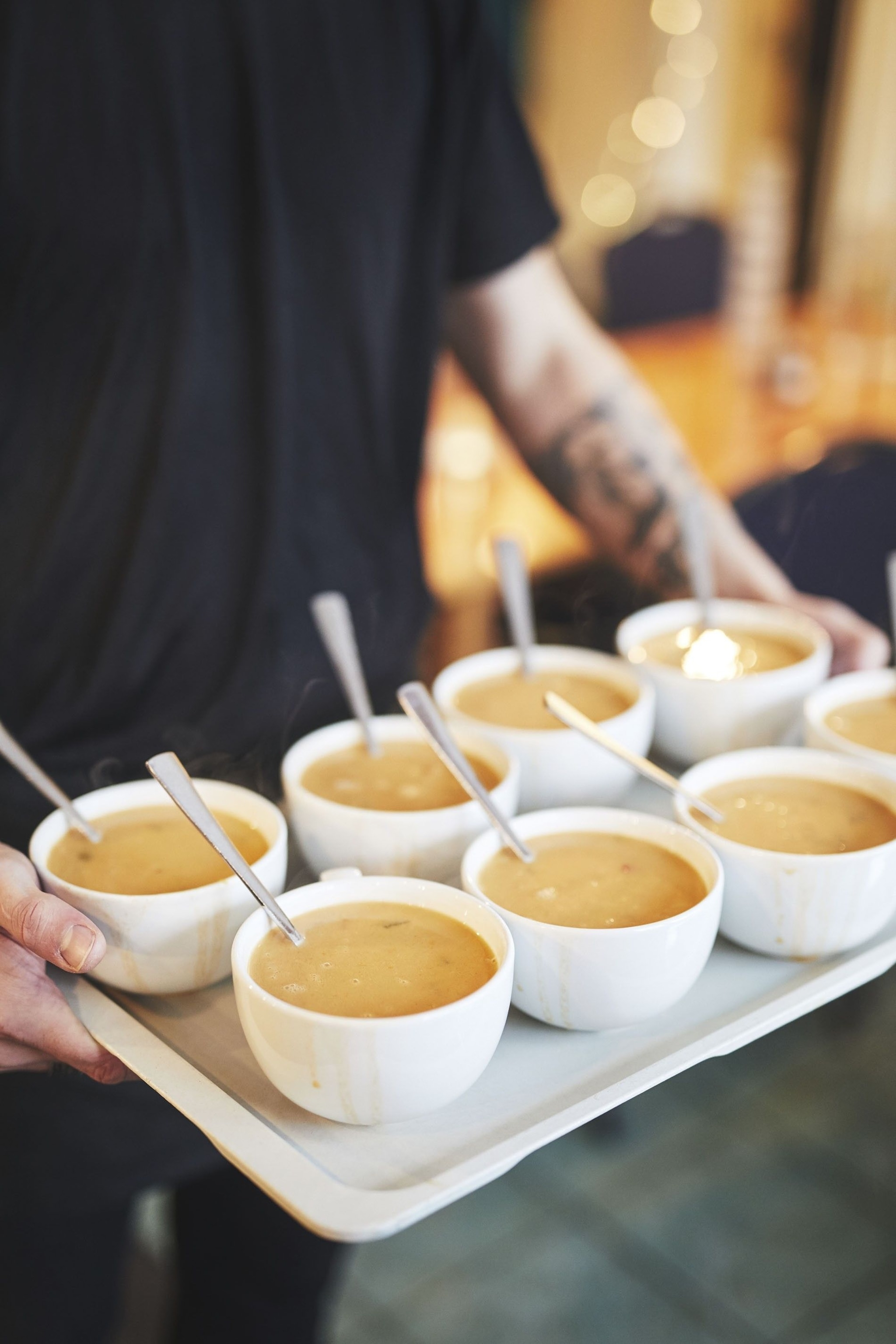
In many ways, the restaurant owners here on the edge of the old harbour owe their livelihood to the financial crisis. There were plans to tear up the whole area and create shiny new roads and buildings, but the crash but paid to all this. Instead, a slower, more sympathetic regeneration transformed the area in the following years. It may not have the same buzz as the rest of Reykjavik — but that will surely come in time.
Back outside, I follow the water, walking past a long row of white-and-turquoise buildings that have recently been transformed from disused fisherman bait sheds into ice cream parlours, wine bars and shops selling candles, throws and various expensive, fragrant things. I pop into Grandi Mathöll, Reykjavik’s newest food hall, where locals sit on wooden benches munching on spring rolls, fish and chips and kimchi beneath dangly light bulbs. Next, I continue on to Omnom, the factory/shop of the city’s first bean-to-bar chocolate producer. Behind a glass screen, workers man huge machines; covering an entire wall are shelves displaying the fruits of their labours: dozens of organic bars, with flavours ranging from burnt barley to caramel and sea salt.
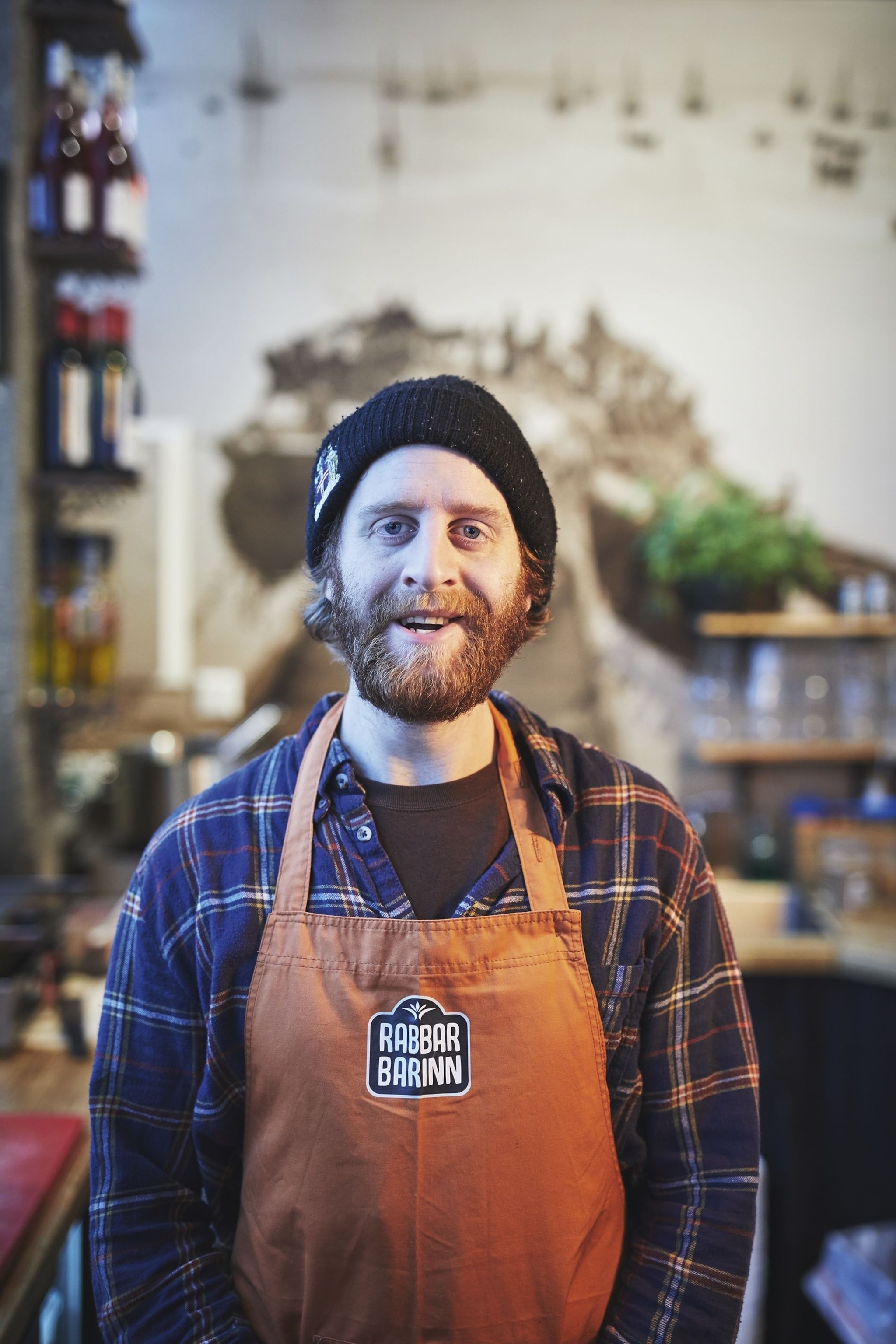
Skyr sours & squeaky hot dogs
With a hefty hit list of dishes to try, the next day I decide to enlist a local’s help. Ýmir Arthúrsson, who offers food and wine tours with his company, Magical Iceland, is one of the country’s most famous faces. His appearance on the BBC Two series Rick Stein’s Long Weekends mean he’s now frequently stopped in the streets for a photo.
We meet on a chilly Wednesday afternoon. I’m wearing three coats; Ýmir just a shirt, trousers and a hat. “I do not feel the cold!” he tells me with a shrug — no surprise, given he likes to swim in the sea during winter.
We pause briefly at the statue of Ingólfur Arnarson, the first Viking settler in Iceland. There are various theories as to how the city was founded, one being that when Ingólfur saw land in the 800s, he threw a pair of wooden poles into the sea and vowed to settle wherever they washed ashore. Others say it was deliberately sited here, close to the hot springs that give the city its name (Reykjavik means ‘smoky bay’ in Icelandic).
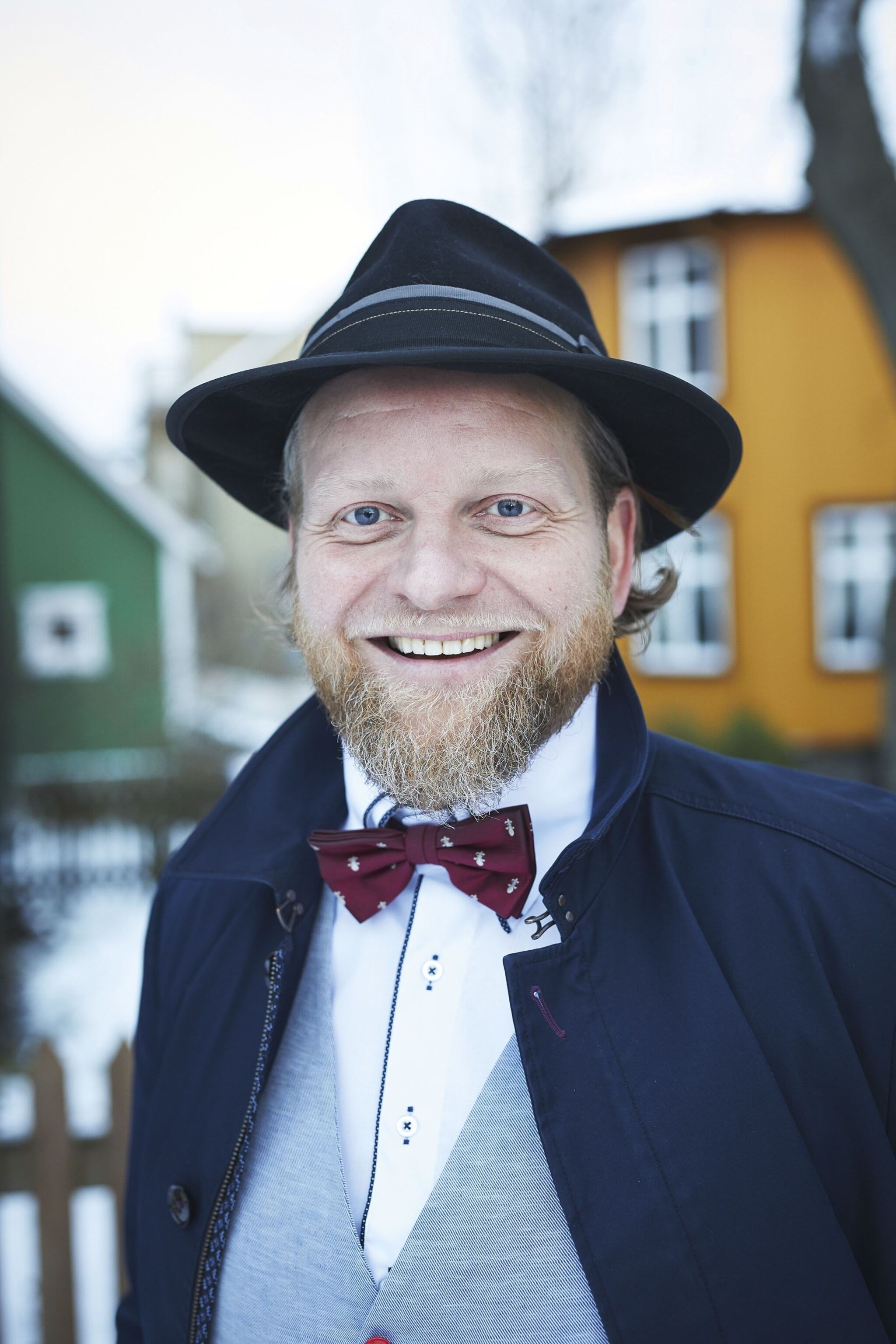
“For 1,000 years this country ate for survival,” Ýmir tells me, as he leads me to our first food stop. Bæjarins Beztu has been in business since 1937 and what it serves is far more than mere survival staples: the hot dogs have the perfect combination of texture and taste — a squeaky sausage, soft roll, fried onions and a sweet mustard sauce. Forget late-night kebabs — in Reykjavik, it’s all about a 2am pit stop to inhale these beauties.
A surge of new restaurants in the city has been accompanied by a burgeoning beer scene. We stop by Skúli Craft Bar, a cosy, craft beer spot opened in 2015 (“one for the real beer nerds,” says Ýmir), where I try a skyr (yogurt-cheese hybrid) and blueberry beer, an Icelandic ale with hints of arctic thyme, a clementine and vanilla beer and a coffee porter.
We finish our tipples and stroll towards Sjávargrillið restaurant. On the way, Ýmir points out the former prison he once kicked his football into as a kid, and the locations of Reykjavik’s quality restaurants in those days — a grand total of three. Inside Sjávargrillið, we dip deliciously soft and delicate langoustine in melted butter, and follow it up with three glasses of wine at Port 9, a dimly lit locals’ wine bar tucked down a side street.
The next day, I get a chance to really appreciate how easy it is to wander around compact Reykjavik, with its skyline dominated by the striking Hallgrímskirkja Church. It’s not a city that will win any beauty contests, but there’s an undeniable charm — colourful houses, geese-filled ponds and not a McDonald’s or Starbucks in sight (I opt for Reykjavik Roasters instead).
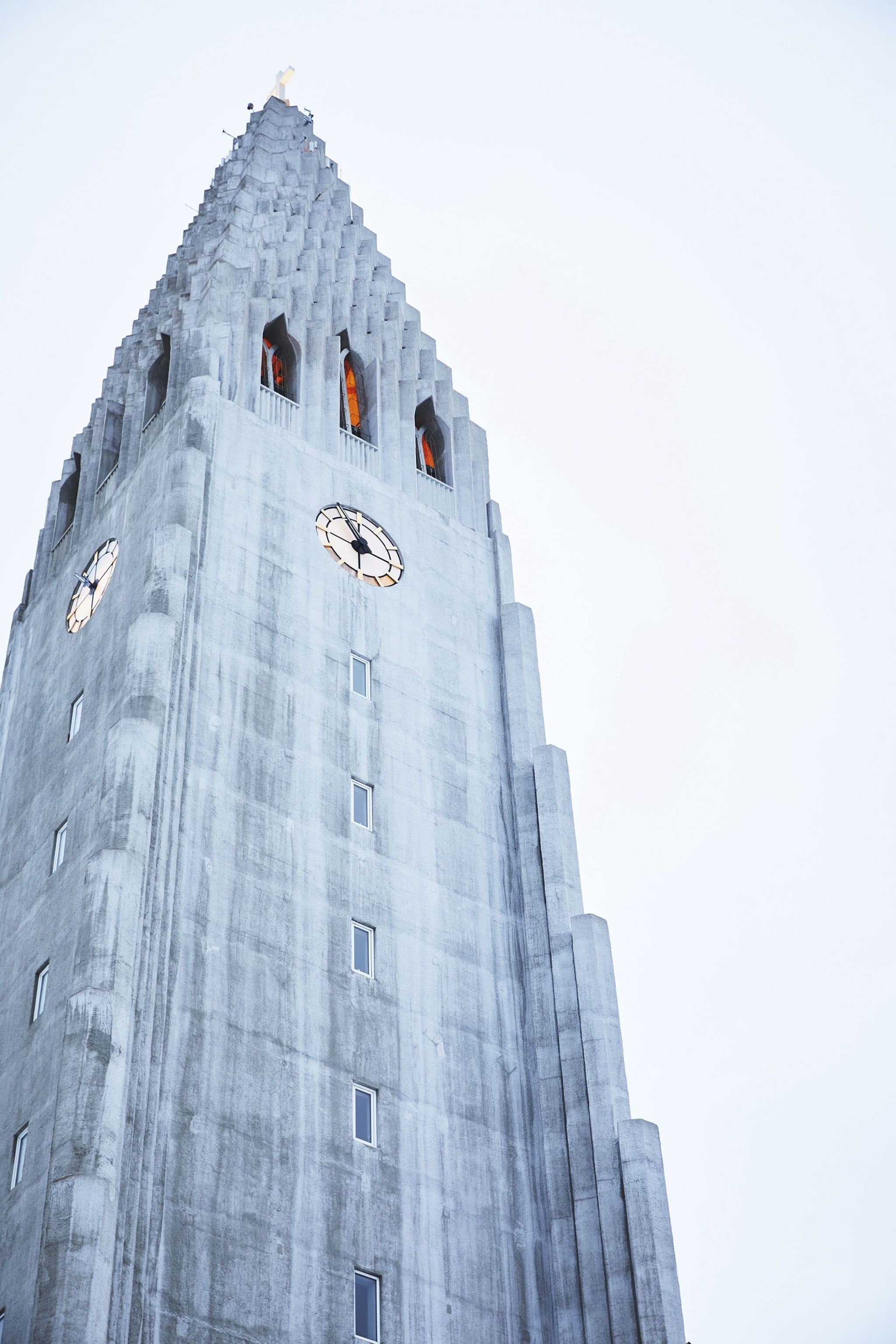
That evening, I join the locals for happy hour at a cosy little bar called Kaldi. The rate the punters guzzle beer today makes me think they’re making up for lost time, given the drink was banned in Iceland from 1915-1989 (bizarrely, dogs were also banned as pets in the city until 2006). I celebrate the end of the country’s long prohibition with another pint at Gaukurinn, a bar whose menu of vegan comfort food comes with a side of metal and rock music.
The next stop is Dill Restaurant, the city’s most famous fine dining establishment. Opened in 2009, it’s been the proud owner of the country’s first Michelin star since 2017. In the dimly lit dining room, all roughed-up, slate-grey concrete and wood, I’m handed a seven-course menu of Icelandic ingredients pimped beyond all recognition: celeriac dipped in bone marrow, reindeer tartare and bilberries with dulse (a type of seaweed). The whole experience is enhanced by an eclectic soundtrack that veers between Patrick Swayze’s She’s Like the Wind to Nine Inch Nails’ X-rated Closer via Simply Red’s Holding Back the Years.
“I’m handed a seven-course menu of ingredients pimped beyond all recognition: celeriac dipped in bone marrow, reindeer tartare, and bilberries with dulse.”Hannah Summers
But Dill has some competition on its hands. A short drive out of town, 20 minutes from Keflavík International Airport, Moss Restaurant is set within the island’s newest luxury hotel, The Retreat at Blue Lagoon (named after the geothermal spa it borders). A seven-course tasting menu goes big on Iceland’s produce. Highlights include arctic char with wasabi grown at a farm in the east; beetroot three ways with Icelandic blue cheese snow; and white chocolate with dill and cucumber — each dish a testament to the country’s rich natural larder, and a food scene that goes far beyond fermented fish.
I think back to something Tommi told me over our lunch of cheeseburgers: “There’s a saying from an American writer that I like to refer to — it’s my mindset: ‘Man’s mind, stretched to a new idea, never goes back to its original dimension.’” This may be Tommi’s outlook, but it’s also one that sums up Reykjavik — and the people behind its evolving food scene — particularly well
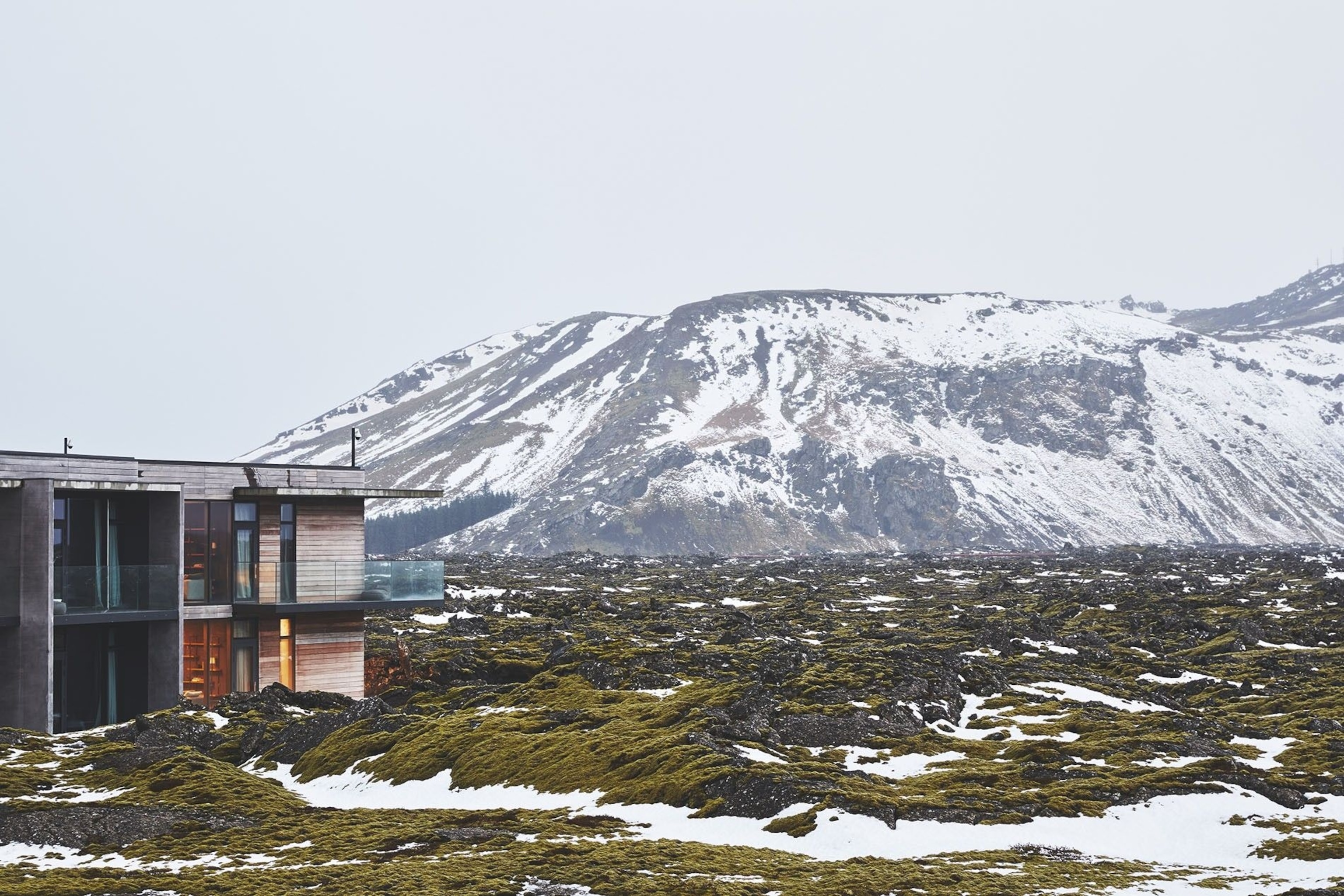
An insider’s guide to Reyjavik
Eat up: Join the locals for lunch — they eat quite early, normally at midday, and head out for evening meals at around 7pm.
Get appy: Download the app Appy Hour to get the best drink deals — it can halve the cost of your beer or wine. As a general rule, you’ll be able to find a happy hour somewhere in the city between 4-7pm.
Like a local: The Reykjavík Grapevine is a free English-language newspaper that lists the city’s best independent cafes, bookshops and restaurants and more, along with details on cultural events in the city.

Q&A: Kjartan Gíslason, co-founder and head chocolate maker, Omnom
What’s your favourite restaurant in the city?
I like to visit Skál, a restaurant located in the old bus terminal, which has recently been refurbished and made into the Hlemmur food hall. It serves a modern take on Icelandic food (I love the lamb ribs with the rhubarb barbecue sauce) and has a great natural wine menu. Gísli, the head chef, is a good friend and I’m a big fan of his cooking.
Where do you and your friends like to drink?
Kaldi bar and Vedur are my favourite spots to drop into for drinks. They’re located opposite each other on the same street, so it’s easy to go to both on the same night. They’re usually very crowded, but that’s part of the fun. The microbrewery-bar movement is the trendiest concept in the city at the moment. There are at least four bars in Reykjavik that are making their own beer on site — my favourite is Bryggjan, which is close to our factory.
Established in 2013 by Kjartan and his childhood friend, Óskar, Omnom is the only bean-to-bar chocolate producer in Iceland.

Eight Reykjavik restaurants to try
1. Kex Hostel
Best for: Cool vibes
The hippest hostel in town is also one of the best places for a laid-back lunch or dinner. The retro restaurant, set in a former biscuit factory, contains paintings of birds, mismatched wooden tables and chairs and ceiling-height windows. The fish tacos and the spicy burger are menu highlights, and the beer selection is extensive.
2. Public House
Best for: Evening snacks
Two happy hours (3 to 6pm and 11pm to 1am) are a big reason why this gastropub is a great spot at which to sample local beer. The menu features sharing-style dishes, including So Not Pizza (crispy crackers topped with figs and goat’s cheese) and Lollipop (juicy lamb ‘lollipops’ with spicy miso).
3. Sjávargrillið
Best for: Relaxed romance
Negronis and bread may not be a classic combination, but it’s just one of the reasons to book a meal at this cosy restaurant (the butter whipped with skyr and sprinkled with salt is another). The name (‘seafood grill’) hints at the menu highlights here; the lobster salad with scallop, tiger prawn garlic and Parmesan is particularly memorable
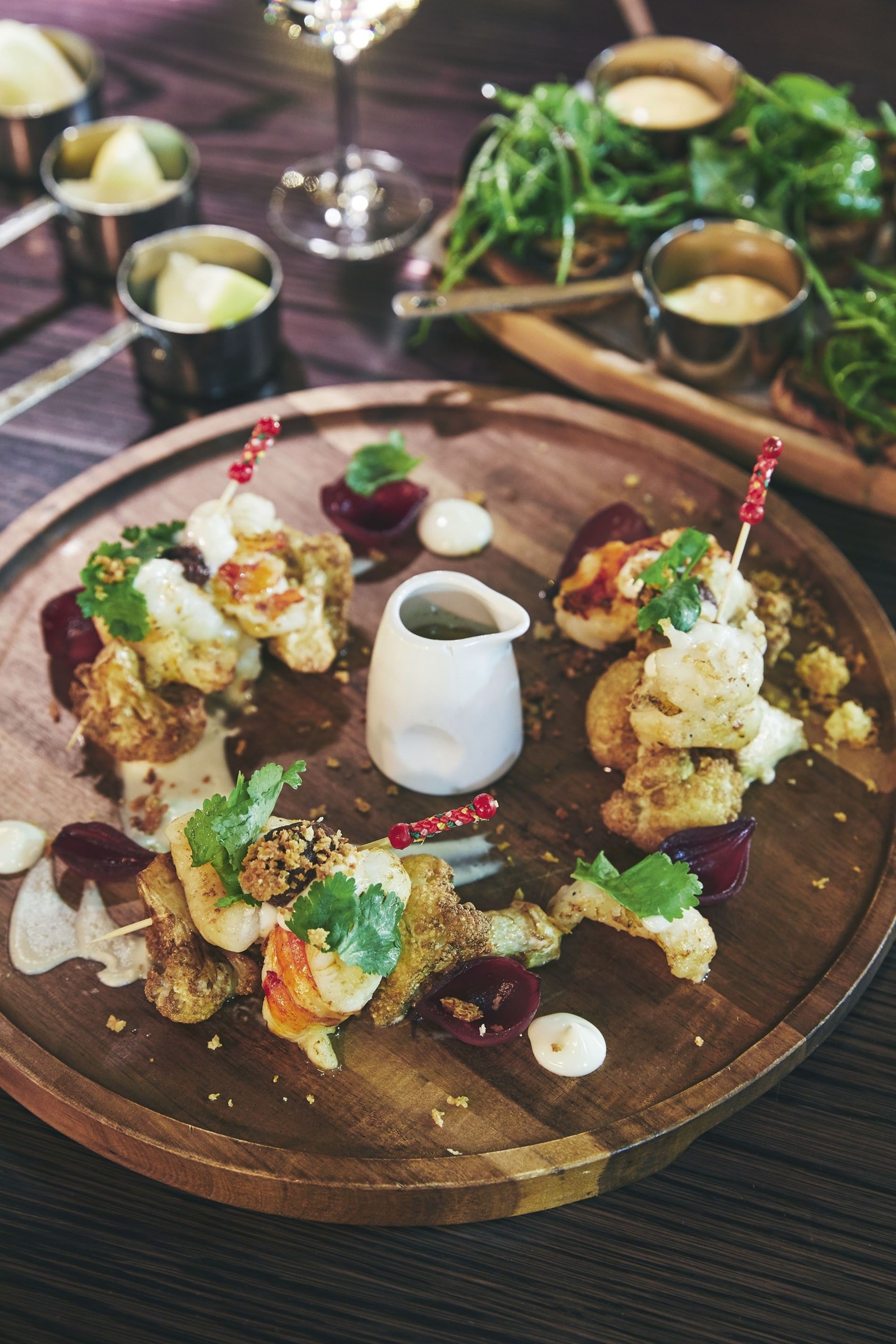
4. Port 9
Best for: Wining & dining
Tucked down a side street, this excellent wine bar is a big hit with the local after-work crowd. Grab a seat at the bar, while Gunni, the owner and one of the best sommeliers in the country, talks you through a selection of hand-picked wines. While you sip, order the gooey melted brie topped with mango chutney.
5. Nostra
Best for: Tasting menus
This restaurant’s eight-course tasting menu showcases Icelandic produce (a standout dish is poached cod served with a burnt leek sauce), while the moodily lit cocktail lounge conjures up such wildly creative concoctions as Sídan Skein Söl, a mix of aquavit, lemon, green tea, egg white, liquorice root and dulse.
6. Fisherman
Best for: Cheap eats
Reasonable prices (ISK1,900, around £13) make this laid-back seafood restaurant worth travelling to. It’s located in a residential area close to the Vesturbæjarlaug geothermal pools, where locals gather for a daily dip. The simple menu includes haddock, cod, Arctic char and salmon, which you can match with your preferred side and sauce.
7. Brauð & Co
Best for: A quick snack
Since it opened its doors in March 2016, this stylish bakery has become so popular there are now four other outposts in the city. Stop by to pick up your breakfast pastries — everything from vanilla rolls and rye bread to croissants — chocolate, ham, pretzel or caramel — and buns filled with dulce de leche.

8. Kaffivagninn
Best for: A casual lunch
Iceland’s oldest restaurant, dating back to 1935, is a relaxed, cosy affair overlooking the harbour. For lunch, try the cod loin au gratin with shrimp, béarnaise and potatoes. For something simple, go for the crispy breadcrumbed fish; it comes with fries and a trio of dips. Be sure to leave room for pancakes heaped with cream.
Essentials
Getting there & around
EasyJet, Wow Air, Iceland Air and Wizz Air fly to Keflavík International Airport from various airports including Gatwick, Heathrow, Luton and Manchester. Average flight time: 3h. The city is easy to walk around; a Reykjavik City Card will give you free access to several museums, public transport and thermal pools.
When to go
Travel in the winter, when the mercury hovers around zero, for a chance to see the Northern Lights. Visit in the summer, when temperatures average around 12C, for long days of natural light, and for whale-watching.
Where to stay
Canopy by Hilton, Reykjavik City Centre.
The Retreat at Blue Lagoon.
More info: visitreykjavik.is
How to do it
Discover the World offers three nights at the Canopy by Hilton Reykjavik City Centre and one at The Retreat at Blue Lagoon, both B&B, plus four days’ car hire and flights from Gatwick with EasyJet from £1,219 per person based on two sharing.
Published in the April 2019 issue of National Geographic Traveller (UK)
Find us on social media
Twitter | Facebook | Instagram



